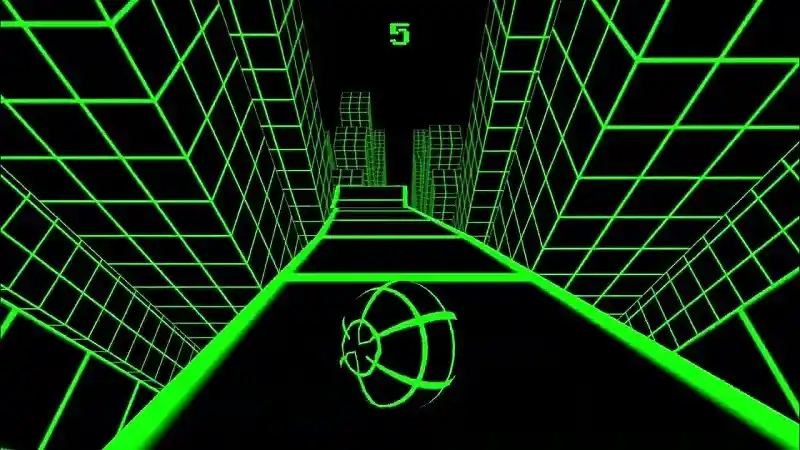What is the “Classroom 6x Slope”?
At its core, the term “6x slope” refers to a specific gradient or angle, typically used in the context of Classroom 6x Slope design and ergonomics. This concept is often employed to optimize the arrangement of learning spaces, ensuring that every student has an unobstructed view of instructional materials and activities. The “6x slope” indicates a gradual incline or decline, measured to facilitate better visibility and engagement.
In practical terms, imagine a classroom where the desks are arranged in such a way that each row is slightly elevated compared to the one in front of it. This setup creates a tiered effect, allowing students seated in the back to have a clear line of sight to the teacher and the board, without any obstruction from their peers.
The Science Behind the Slope
Understanding the science behind the “6x slope” involves grasping the basic principles of geometry and ergonomics. The slope is typically expressed as a ratio or angle. In the case of a “6x slope,” the ratio could imply a rise of 6 units for every horizontal 1 unit, creating a gentle incline. Google Classroom 6x Slope
The gentle gradient is designed to be less intrusive while maximizing visibility. A steeper slope might cause discomfort or distract students, while a too-gentle slope might not achieve the desired visibility improvements. Therefore, the “6x slope” strikes a balance, providing a noticeable but comfortable elevation. Google Classroom 6x Slope
Benefits of the Classroom 6x Slope
- Improved Visibility: The most significant advantage of the “6x slope” is enhanced visibility. By elevating each row slightly, every student can see the front of the room clearly, reducing the need for straining or shifting positions. This setup minimizes visual obstruction and ensures that students in the back rows are not disadvantaged. Google Classroom 6x Slope
- Enhanced Engagement: When students can see and hear the instructor without difficulty, their engagement levels increase. The “6x slope” creates an inclusive environment where every student feels involved in the learning process. This can lead to more active participation and better overall learning outcomes. Google Classroom 6x Slope
- Optimized Space Utilization: A tiered seating arrangement allows for more efficient use of classroom space. Instead of spreading desks out in a flat layout, the slope utilizes vertical space, potentially allowing for a larger number of students to be accommodated comfortably.
- Reduced Distractions: With a clear line of sight, students are less likely to be distracted by their peers or by movements in the room. This focus contributes to a more productive learning environment, where attention can be directed more effectively toward the instructor and the lesson. Classroom 6x Slope 2
- Accessibility Considerations: While the “6x slope” offers numerous benefits, it’s essential to consider accessibility. Ensuring that students with mobility issues can navigate the tiered layout comfortably is crucial. The design should include ramps or other accommodations to ensure inclusivity. Classroom 6x Slope 2
Implementing the Classroom 6x Slope
Introducing the “6x slope” into a classroom setting involves careful planning and execution. Here are some practical steps for implementation:
- Classroom Assessment: Begin by assessing the current layout and space of the classroom. Determine the dimensions and consider how a tiered arrangement will fit within the existing space. Measure the desired slope to ensure it is gradual enough to be comfortable.
- Design the Layout: Create a detailed plan for the tiered seating arrangement. Consider using adjustable desks or risers to achieve the desired effect.
- Ensure Accessibility: Incorporate features such as ramps or adjustable desks to ensure that all students, including those with physical disabilities, can access their seats and participate fully in Classroom 6x Slope activities.
- Gather Feedback: After implementing the “6x slope,” gather feedback from students and teachers. Assess the effectiveness of the new layout in improving visibility and engagement. Be open to making adjustments based on this feedback.
- Ongoing Evaluation: Regularly evaluate the effectiveness of the tiered arrangement. Monitor how it impacts student performance and comfort. Make adjustments as needed to maintain an optimal learning environment. Classroom 6x Slope 2
Case Studies and Examples
To illustrate the impact of the “6x slope,” let’s look at a few hypothetical case studies:
Case Study 1: Elementary School
An elementary school decided to implement the “6x slope” in their Classroom 6x Slope to address visibility issues. Previously, students in the back rows struggled to see the whiteboard, affecting their participation and engagement. After introducing the tiered seating arrangement, teachers reported a noticeable improvement in student involvement. The elevation allowed every student to view the board clearly, resulting in better overall learning outcomes.
Case Study 2: High School Science Lab
A high school science lab adopted the “6x slope” to enhance the visibility of demonstrations and experiments. The tiered seating allowed all students to observe the lab activities without obstruction. This change led to increased interest in the experiments and more interactive discussions. Students found it easier to follow along, and the overall learning experience improved.
Case Study 3: College Lecture Hall
In a college lecture hall, the introduction of the “6x slope” aimed to improve the experience for large lecture classes. With a tiered seating arrangement, even students seated at the back of the hall could see and hear the lecturer clearly. This setup reduced the strain on students and facilitated better note-taking and participation.
Challenges and Solutions
While the “6x slope” offers numerous benefits, there are some challenges associated with its implementation:
- Space Constraints: In smaller classrooms, creating a tiered arrangement might be challenging due to space limitations. To address this, consider using adjustable risers or modular furniture that can be reconfigured as needed.
- Cost: Implementing a tiered seating arrangement may involve additional costs for materials and modifications. However, the long-term benefits in terms of improved student engagement and learning outcomes can outweigh the initial investment.
- Accessibility: Ensuring accessibility for all students is crucial. Incorporate features such as ramps and adjustable desks to accommodate students with mobility issues.
- Maintenance: Regular maintenance of the tiered seating arrangement is essential to ensure its continued effectiveness. Inspect the arrangement periodically to address any wear and tear.
Conclusion
The Classroom 6x Slope is more than just a design concept; it represents a commitment to creating an inclusive and effective learning environment. By implementing a gentle, tiered seating arrangement, educators can enhance visibility, engagement, and overall classroom dynamics. While challenges exist, careful planning and execution can lead to significant improvements in student learning experiences. Embracing the “6x slope” in classroom design paves the way for a more interactive and supportive educational environment, ultimately benefiting both students and teachers alike.




